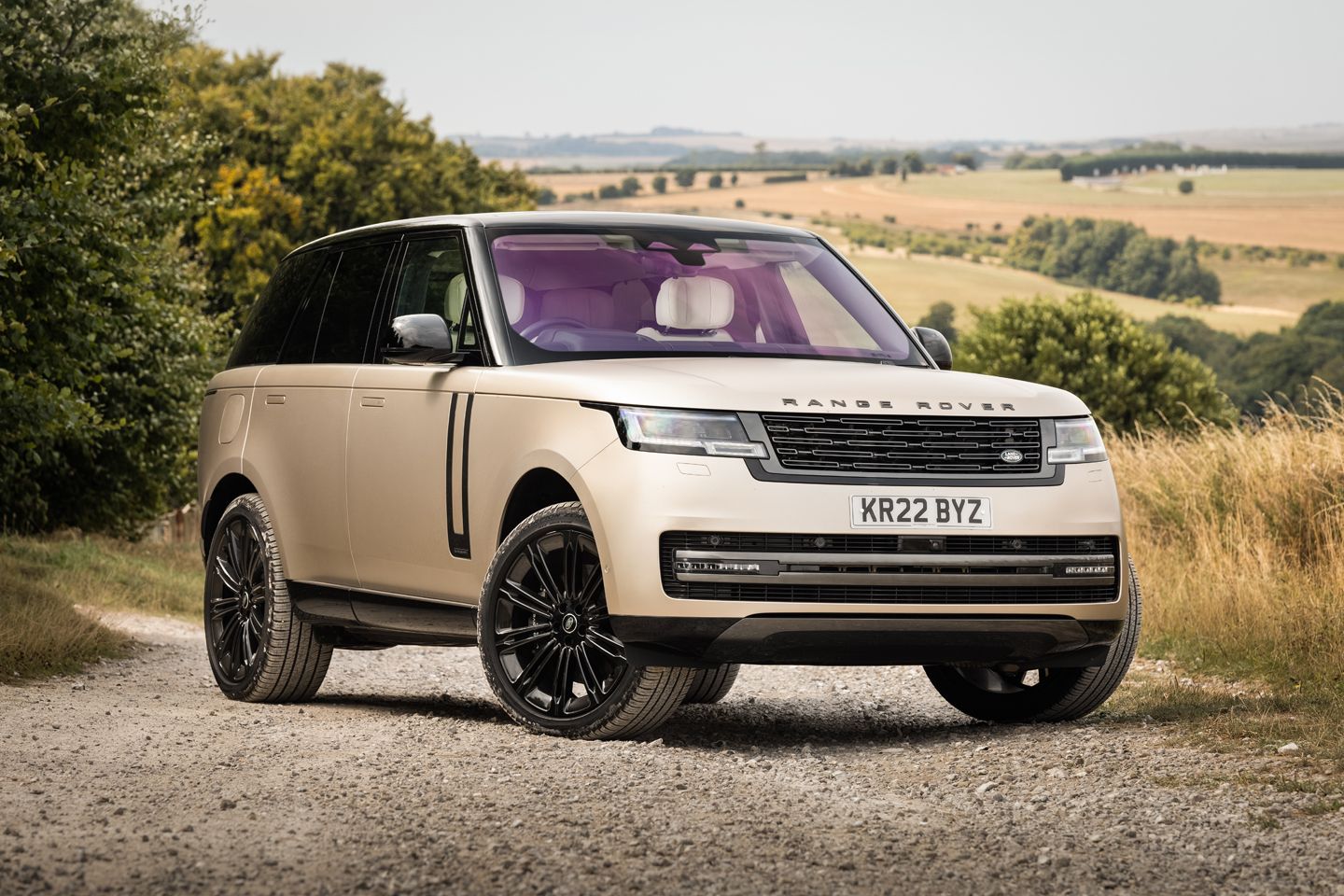
Key considerations
- Available for £125,000
- 4.4-litre V8 petrol twin-turbo, all-wheel drive
- Rammed with tech, performance, ability and luxury
- Styling didn’t appeal to everyone
- Early days yet, but nothing major appears to be going wrong
- 55 years on, RRs remain a classy choice
Launched in October 2021 for production in Solihull and sales starting in mid-2022, the fifth-generation L460 Range Rover had big shoes to fill. The first Range Rover found its way into the Louvre museum in Paris as an exemplary work of industrial design. Over half a century later, it’s still attracting buyers looking for the ultimate expression of a do-anything, go-anywhere vehicle that anyone from a monarch to a marshmallow magnate can feel socially comfortable in.
The L460 came in a choice of two wheelbases, the longer one accommodating three rows of seats. There was a similarly accommodating choice of powertrains revolving around mild and plug-in hybrid 3.0-litre inline six-cylinder diesel and petrol engines of various outputs.
You will struggle to find a car with more sheer spec than an L460 Range Rover. Just about every chassis enhancement and driving aid known to man or beast was built into it. In brief, sort of, the list takes in fully-independent Bilstein adaptive air suspension with four ride heights, automatic access height control, active speed lowering, collision prevention and cornering control, adaptive cruise, and the Land Rover debuts of Dynamic Response Pro, a 48-volt electronic active roll control system that was faster-acting and more efficient than hydraulic systems, and of all-wheel steering.
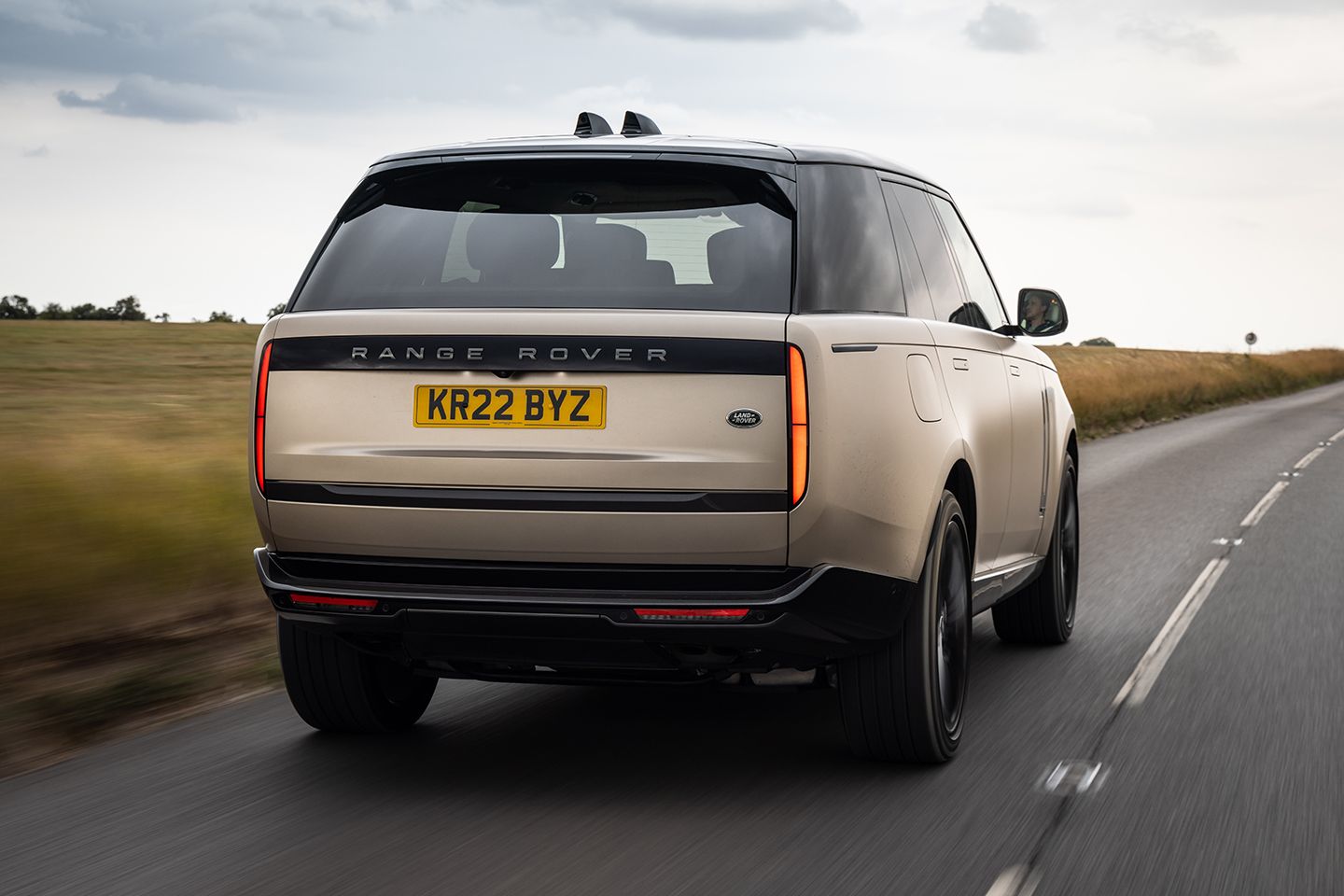
That wasn’t all. Intelligent all-wheel transmission disconnected the drive to the front axle at speeds between 21mph and 100mph to reduce mechanical drag by 30 per cent, restoring AWD when needed. An active locking rear differential worked with the electronic active diff and torque vectoring by braking (which was by wire) to optimise rear axle traction during high-speed cornering. Active Speed Lowering dropped the body height by 16mm when cruising at more than 65mph.
Configurable Terrain Response allowed you to set up four custom combinations of diff, throttle, traction control and ride height. Besides the usual Hill Descent Control you had All-Terrain Progress Control to ease low-speed crawling on difficult ground. Wade Mode locked the driveline, set the ride height to max, closed all the cabin vents and let you go swimming through 900mm of water. Wade Sensing on the Pivi Pro infotainment screen showed you the depth of the gunge you were fording.
The mechanical outliers in the range were those powered by the BMW 4.4-litre twin-turbo N63 V8, which replaced the old supercharged 5.0-litre V8. The N63 produced 530hp in P530 Autobiography and First Edition specs, but we would quite rightly be asked to hand in our PH badges if we didn’t plump for the full monster P615 SV. Rated at 615hp and 553lb ft and running through a regular ZF eight-speed gearbox and two-speed transfer case, the SV was released in 2023.
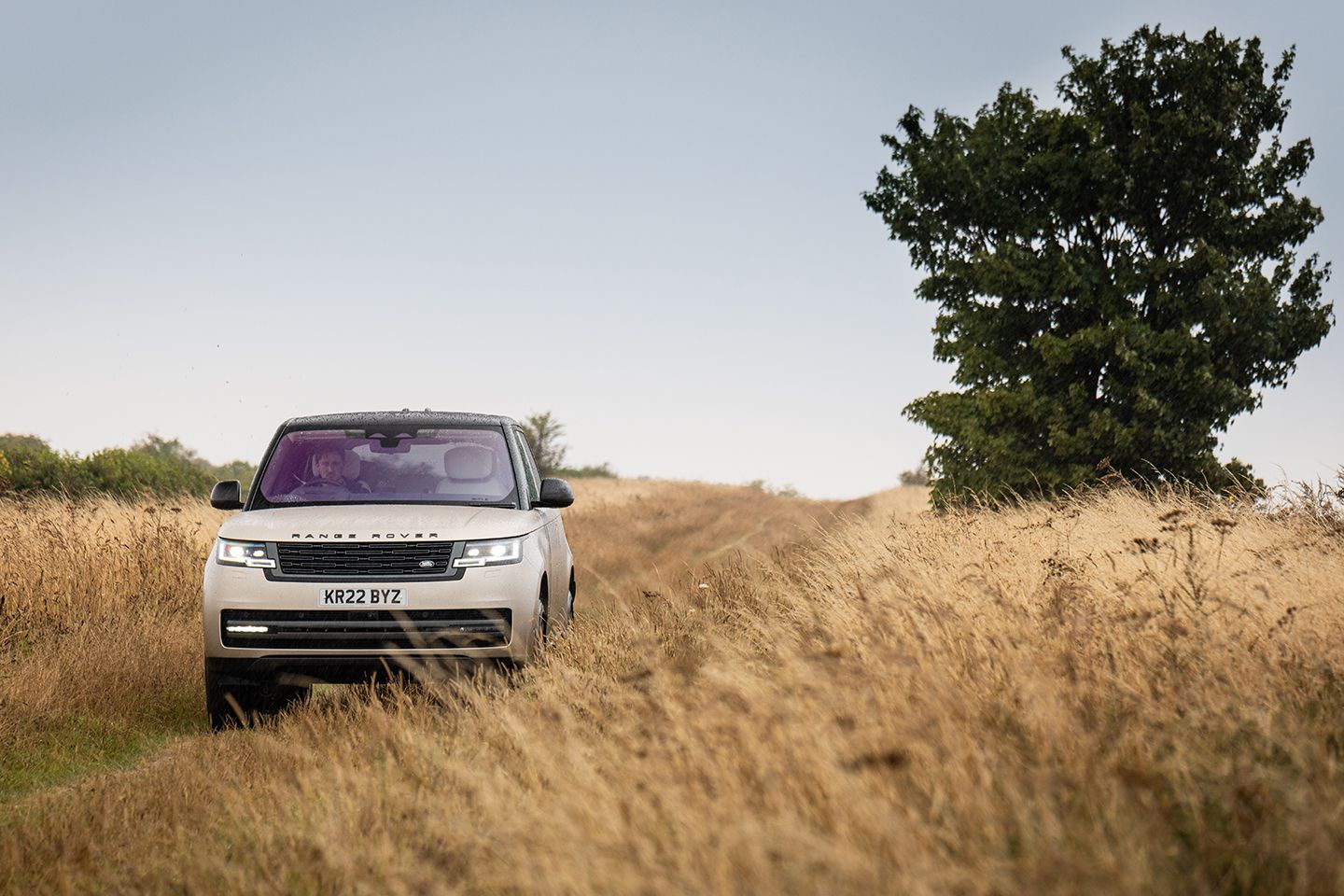
Then there was the sheer volume of luxurious accoutrements that helped the RR to win a raft of ‘best luxury car’ awards. Pack all that lot plus the hybrid gubbins into a vehicle measuring a little over five metres in length (or 5.25m in LWB format), over 2.2 metres in width and nearly 1.9 metres in height and, aluminium body notwithstanding, it wasn’t that surprising that you ended up with something weighing over 2.7 tonnes. That was a lot for a (mainly) internal combustion car, but you didn’t notice its bulk when you were on the move in the SV because its abundant power and torque made such easy work out of firing it through the 0-60 run in under four and a half seconds, a full two seconds under what the 300hp D300 diesel needed for the same test.
We made the L460 one of our favourite cars of 2022, a fair while before the P615 came out. Our judgement was based on the D350 diesel, an excellent RR in its own right. PH posters thought the projected fuel consumption figure of under 30mpg was fair enough for that car, given its weight, so they would presumably have been highly impressed by the 24mpg average officially returned by the considerably more powerful petrol SV. That P615 cost just over £174k new in 2023, a premium of about £34k on the P530 First Edition, but you could practically double that number if you were lured into something like a long-wheelbase Signature Suite version or footballer-favourite cars with Overfinch, Brabus, or similar badges on them.
Today, in mid 2025, a P615 SV will cost you at least £210,000. Panic not though. The regular SV has only been around for a couple of years so hasn’t had time to depreciate all that much, but there are still significant savings to be had from going secondhand. At the time of writing you could buy a pre-owned SV 615 with 10,000 miles or fewer on the clock for as little (relatively speaking) as £125k.
SPECIFICATION | RANGE ROVER P615 SV (2023-on)
Engine: 4,395cc V8 32v petrol twin turbo mild hybrid
Transmission: 8-speed auto, all-wheel drive
Power (hp): 615@5,855-7,000rpm
Torque (lb ft): 553@1,800-4,600rpm
0-60mph (secs): 4.3
Top speed (mph): 162
Weight (kg): 2,716
MPG (WLTP): 24
CO2 (g/km): 264
Wheels (in): 23
On sale: 2023-on
Price new (2023): £174,345
Price now: from £135,000
Note for reference: car weight and power data are hard to pin down with absolute certainty. For consistency, we use the same source for all our guides. We hope the data we use is right more often than it’s wrong. Our advice is to treat it as relative rather than definitive.
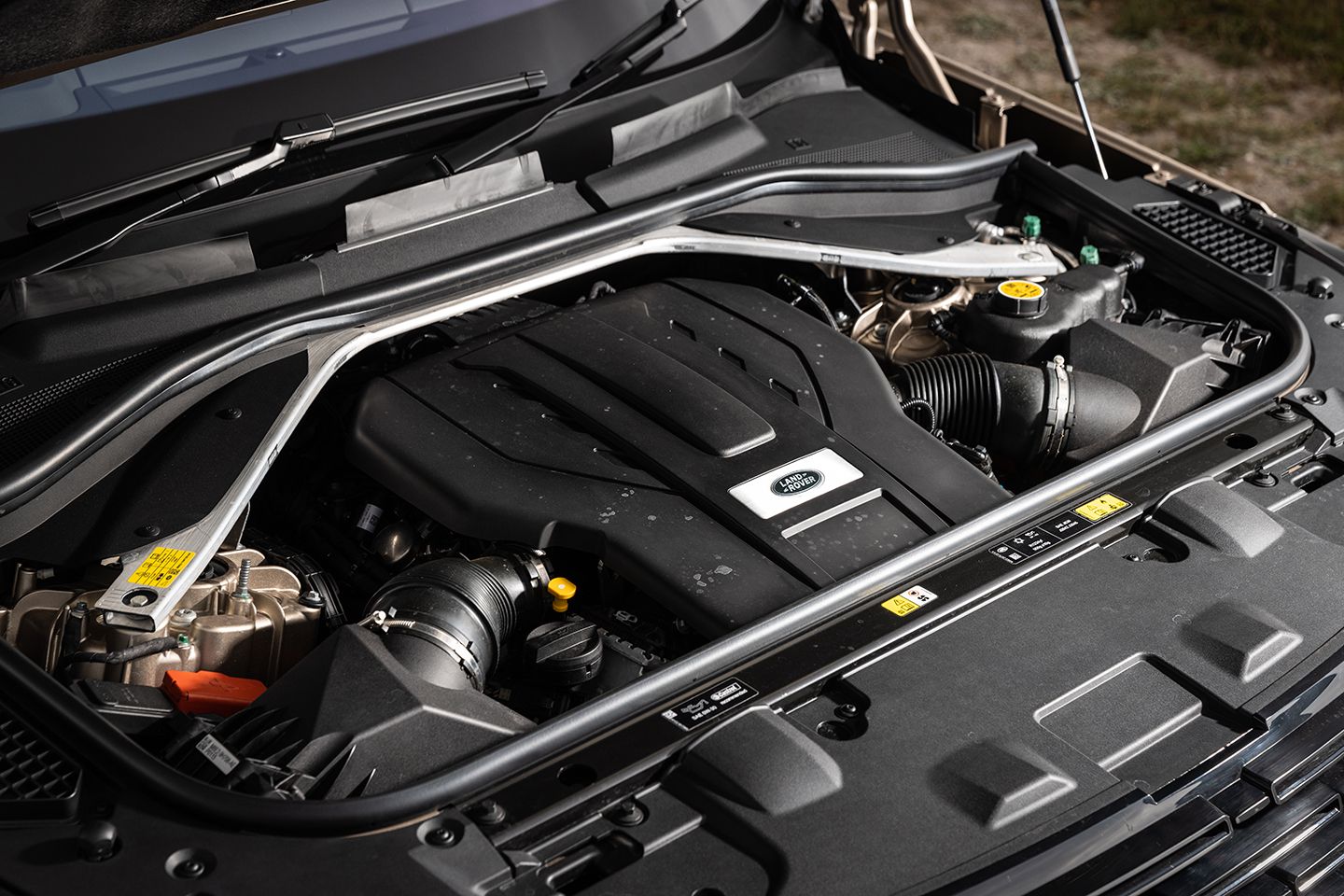
ENGINE & GEARBOX
After noting the presence of a BMW 4.4 V8 in the L460, some L322 RR owners with bad memories of the old 4.4 V8 declared themselves out of the new car. The early L460s did come with the old N63 BMW engine, which admittedly didn’t have a great reputation, but by the time the 615s came on stream they were using a newer S68 unit that has a cleaner reputation in every sense.
For running-in purposes, these hi-po 615 motors were power-restricted for the first 500km/310 miles, though it could be further than that depending on your driving style. This came as a surprise to some owners who hadn’t been told about it by the dealer and who were wondering where a big chunk of their performance had gone. Even with some performance missing, however, there was still plenty of it. The twin-turbo 4.4 V8 was a mild hybrid, but there was nothing mild about the way it bunged you up the road.
It wasn’t perfect. Some testers noticed a degree of snatchiness in its power delivery, not helped by what they saw as quite aggressive mapping of the ZF eight-speed gearbox on the SV, but if you saw that kind of edginess as a positive thing you would love it. With maybe more than one eye on the Rodeo Drive/Knightsbridge demographic, Land Rover made the action of the auto’s gear selector very light. Some testers found it a bit too light. There were also a few comments about the gearbox being a bit hesitant to kick down a gear or two.
We’ve found no evidence of any inherent problems with the 615 drivetrain. Servicing intervals on the petrol V8s were shorter than those for the diesel and plug-in hybrid L460s, coming up every year/12,000 miles as opposed to 24 months/24,000 miles for the others. The SV’s petrol tank was 10 litres bigger than that of the non-V8 models. At a plucked-from-the-air petrol price of £1.35 a litre, filling an SV from empty will cost you just over £120.
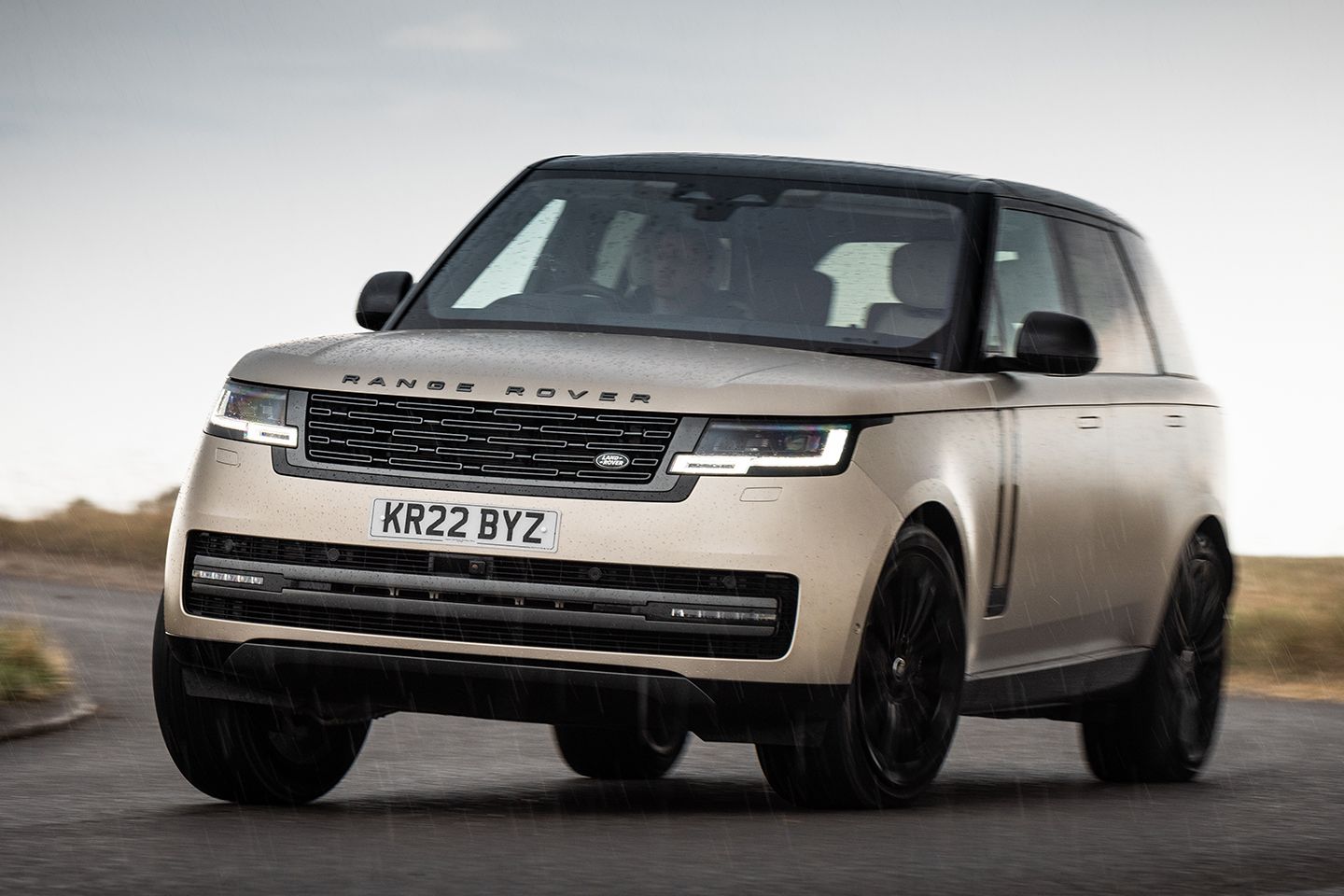
CHASSIS
The L460 used the same MLA-Flex platform as the contemporary Range Rover Sport. The subframes were aluminium so there should be no need to worry about corrosion there. With an approach angle of nearly 35 degrees, a breakover angle of up to 28 degrees, a departure angle of 29 degrees, a wading depth of not far short of a metre, body height raise-ability of 75mm (and then by an additional 60mm) and Land Rover’s latest Terrain Response 2 system making it all input-free, there really was very little that would stop an L460 off the road.
On the road, an L460 with roll stability control and the mode set to Dynamic handled incredibly well for a thing of such immense size and weight. Those looking for a sportier drive might want to consider BMW’s slightly less leany X7 or indeed LR’s own RR Sport.
The ride quality provided was pillowy and yet controlled, the steering remarkably sweet. The relentless march of ever-larger wheels meant that you’d notice the initial hit of sharper-edged road imperfections more in a L460 shod with its 23-inch wheels than you might remember experiencing in earlier Range Rovers. That was especially true if you forgot to lower the tyre pressures after following the manual’s advice to hoist them up when venturing onto high-speed autobahns.
At least one car has thrown up a suspension fault warning which was thought to be an anti-roll bar software issue. Plug-in hybrid L460s were restricted to a towing limit of 2,500kg, but the other cars in the range could pull up to 3,500kg. Advanced Tow Assist, Hitch Assist and Trailer Stability Control in conjunction with a rotary control on the centre console and trajectory lines on the Pivi Pro screen made light work of nightmare trailer/caravan reversing moves. An electronically deployable towbar was on the options list.
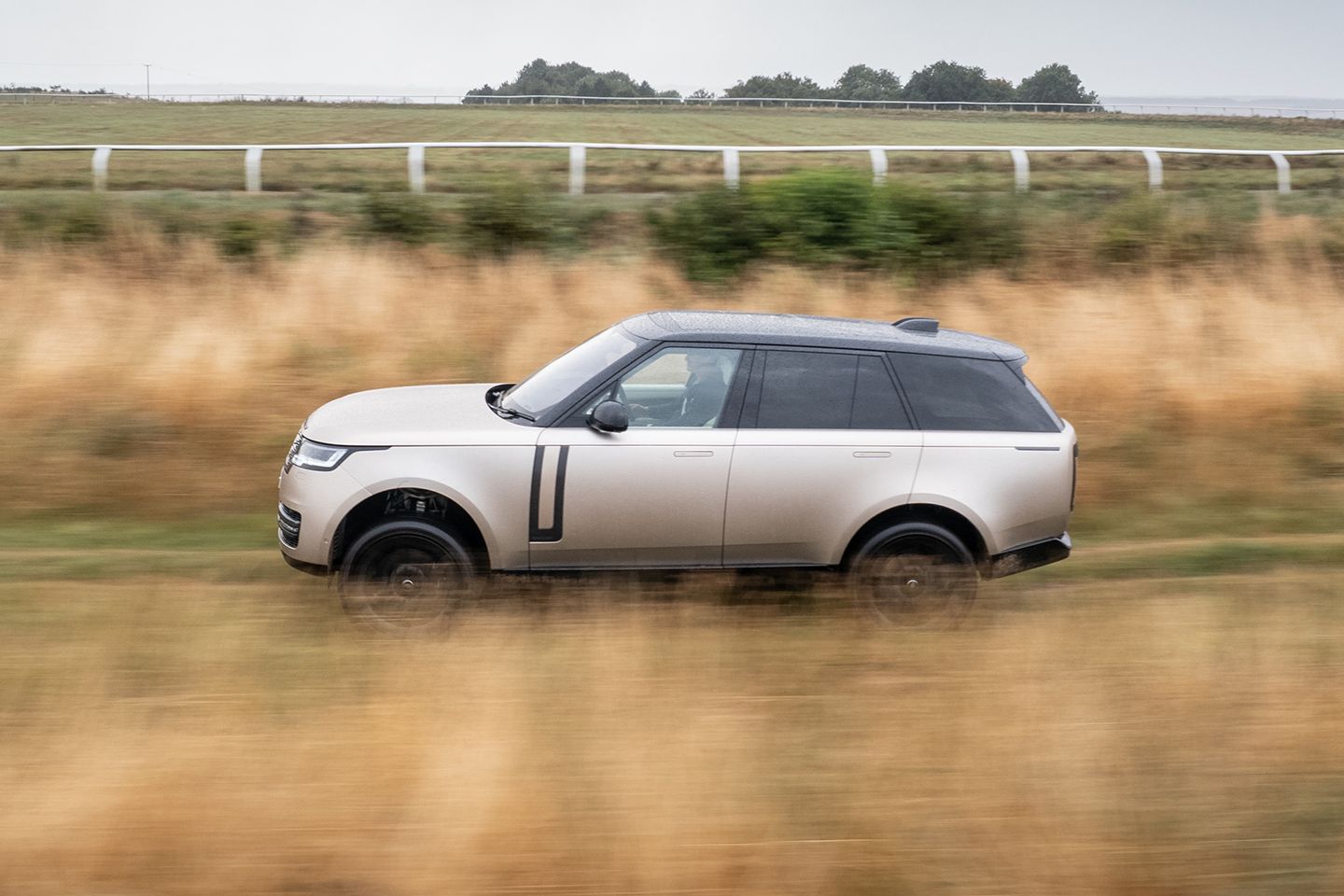
BODYWORK
When the L460 was introduced to the PH collective there was a good deal of grumbling about the styling. Not from everyone, mind. Quite a few thought that there was an appealing minimalism about the gen-five RR’s smooth (and up to 50 per cent stiffer) body, proving in their eyes that you didn’t need a welter of creases, vents and bulges to achieve high style. The ‘invisible until lit’ rear sidelights and indicators hidden on either side of the Range Rover identifier were beautifully integrated into the back-end design. The door handles were also hidden, and active brake cooling vents only opened when extra cooling was needed.
The L460 was not a narrow car so a degree of care was needed when parking or negotiating width restrictions. Having said that, visibility was panoramic and manoeuvrability excellent thanks to the all-wheel steering which kept the turning circle down to under 11 metres. That’s the sort of number you’d expect to see in a common or garden family hatch. It made a big difference to the useability of the Range Rover and was the feature that Nick Miller, Vehicle Programme Chief for the L460, was most proud of. The only slight negative was the back wheel steering bringing the rear end out when you were trying to get the front into the kerb on a parallel park.
Although active noise cancellation on the SV took refinement to a very high level, a £1,900 Interior upgrade pack added laminated side glass. This was actually a worthwhile investment if you were expecting to put in plenty of fast touring miles because it did make a noticeable difference to the amount of wind noise at speed – not that there was that much of it in unlaminated cars. The only slight rustle you might hear from the rest of the car tended to come from the top of the windscreen. Otherwise all was honey smooth and calm.
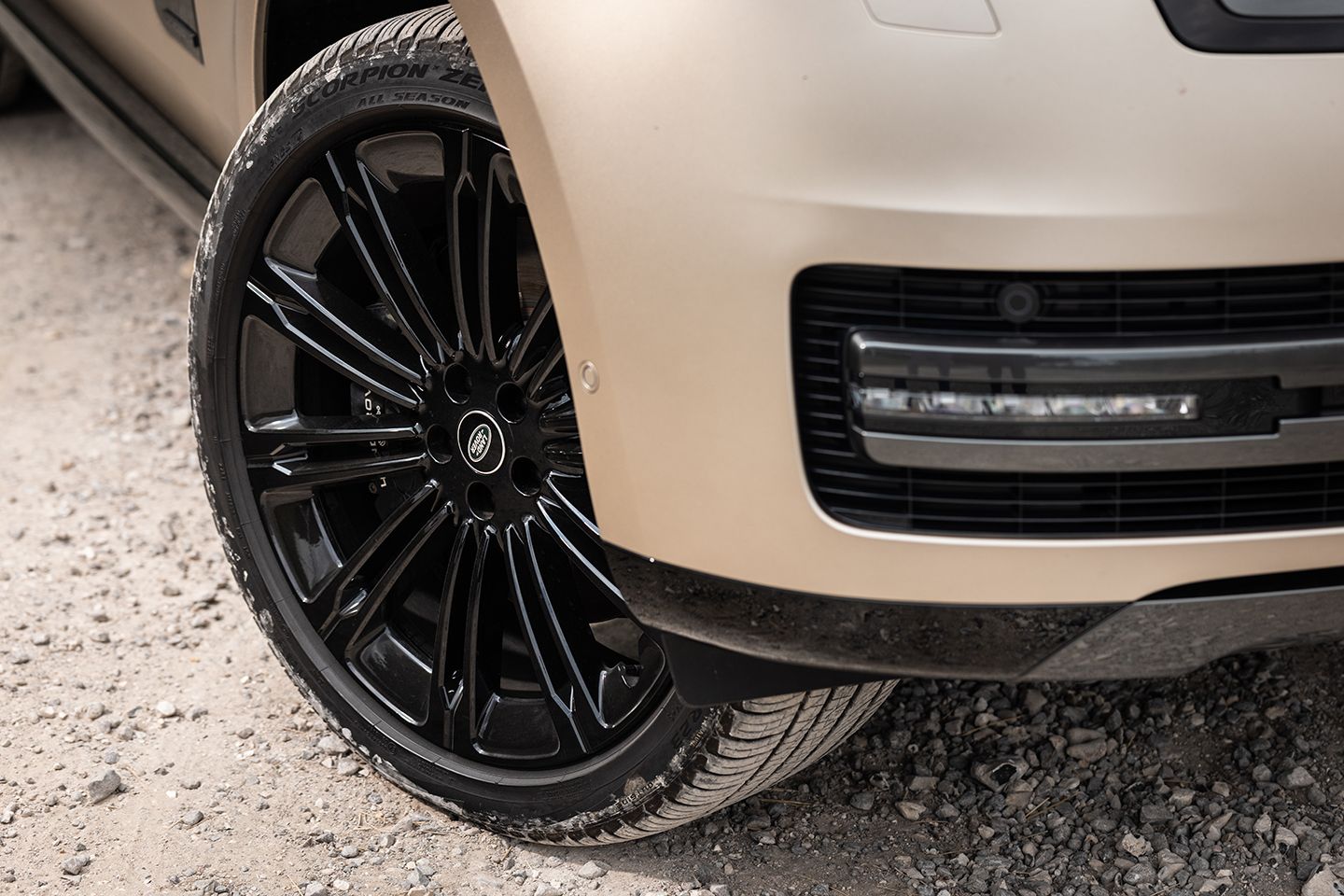
The boot was huge, especially in the long-wheelbase version where you had up to 2,600 litres of cargo space, but the drop-down lower section of the tailgate made it a stretch to access anything that had found its way to the front of the load area. An optional Convenience pack helped owners to organise that space. Stepladders were handy when it came to washing the roof. The rear window was far less inclined to get covered in muck than the 405’s, thanks in the main to the size of its wiper and the multiple water jets.
The headlights had cooling fans which could come on when you locked the car. If you didn’t know about those fans you might be left wondering what that weird humming was. Door seals could creak too. Dealers are aware of that and would fix it with lube. Some door soft-close functions have played up. The front camera sat quite low on the bumper and can get damaged. Dealers wanted £800 to fix that, £475 of which was the cost of the camera. Approach locking and unlocking on later L460s generated a few horror stories caused by the system’s failure to work consistently. Some number plates have cracked through over-tightening of the screws. Some rear bumper cover components have fallen off.
Range Rovers in recent times have become famous for their steal-ability, leading to major problems in getting insurance for them. The L460 has not escaped this. We’ve seen pics of a car with a fist-sized hole chopped out of its rear passenger door. The thieves had been trying to tap into the CAN bus to disable the alarm/immobiliser and then activate a new key, a bit like how they used to access the system on RR Sports by carving a hole in the tailgate. Police forces have been recommending the purchase of old-fashioned steering locks to put off opportunists looking for a quick nick.
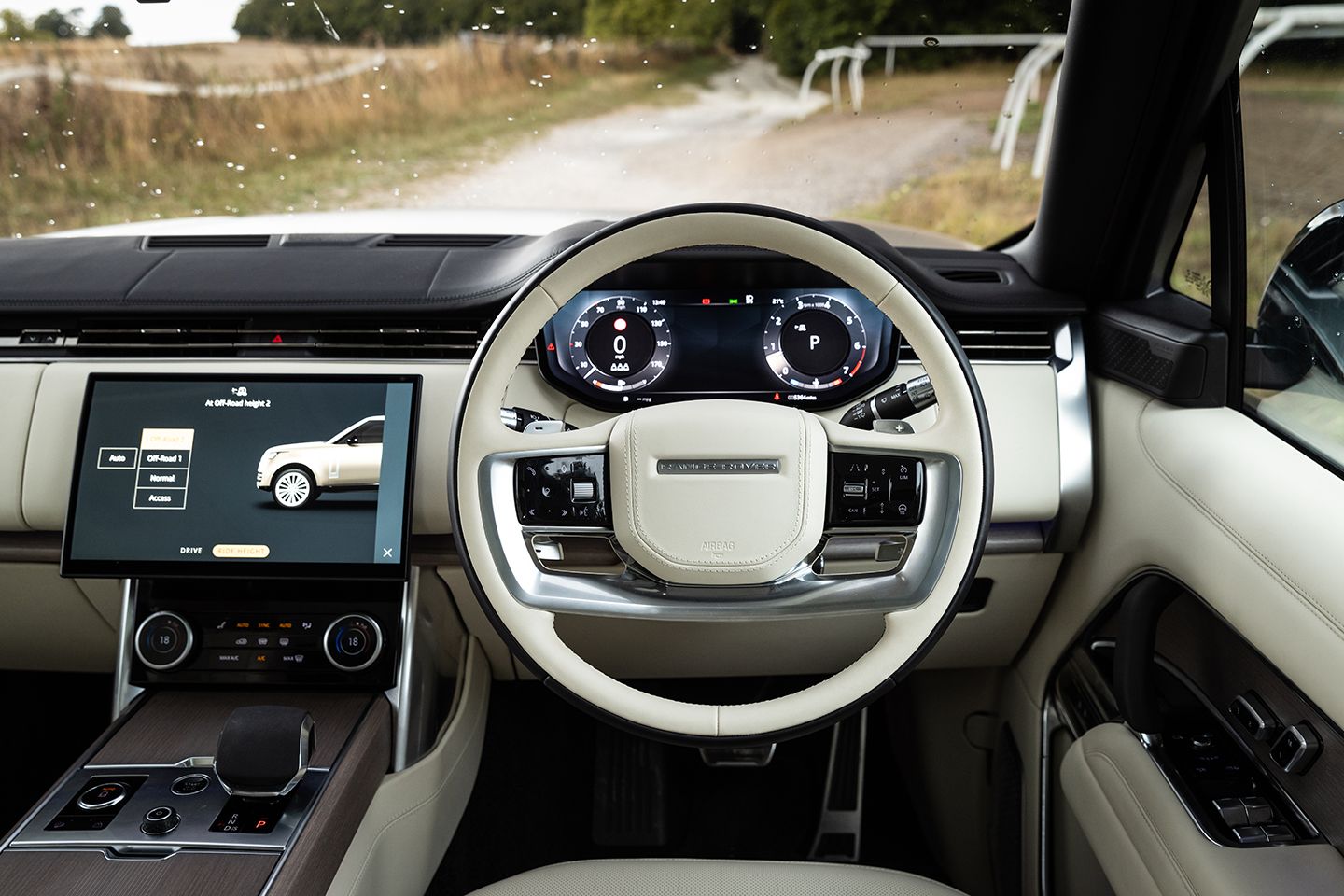
INTERIOR
Anyone familiar with the dash and screen design of a Jaguar F-Pace might have felt like they’d seen the L460’s layout before. Anyone familiar with the interior design look of recent Volvos would have recognised the light natural hues of the L460’s palette. The restful colours came together beautifully with the fuss-free design of the dash to create a cool, elegant ambience.
Well, fuss-free was one way of looking at it. Sometimes a bit of fuss is a good thing. There has been much gnashing of teeth among both owners and journalists concerning the gradual disappearance of physical controls for what most of us would consider to be basic functions. Regrettably, Land Rover went down this route for the L460. It did keep the car’s interior look nice and clean, but what it also did was move the perceived fussiness of physical buttons to the 13.1-inch centre screen, reducing everyday functionality. Pre-MY24 cars did still have knobs for temperature control.
JLR’s Pivo Pro UI system was a massive step forward from the old InControl Touch setup. Both screens had pin-sharp resolution and provided rich detail from the camera feeds, although the view from the front one was a little ‘fish-eye’ which made it less useful than it might have been. Apple CarPlay integration was excellent. There was no separate switch for the electronic handbrake: it was activated by the gearbox’s Park setting.
The long-wheelbase version of the L460 was the first production Range Rover to offer seven seats, or the normal five (or four) if you wanted truly luxuriant amounts of interior space. Again you had to go into the screen to key in some of the seat adjustments that were available, but once you’d set them up to your liking there was no need to worry about it any more. You would almost certainly love the seats when they were set up to your liking but there have been reports of ‘stuck’ massage cells protruding into passengers’ backs. Heating was fast when you needed it.
Getting into the seats was made easier by the fast-acting ride height lowering system which dropped the car by 50mm and made it unnecessary to fit ugly side steps. The seat belts were illuminated and the Isofix attachments were easier to get to than on previous RRs. The big electric rear view mirror worked brilliantly. Cabin storage was very generous but it wasn’t as easy to rest your arm on the door card as it had been on previous RRs.
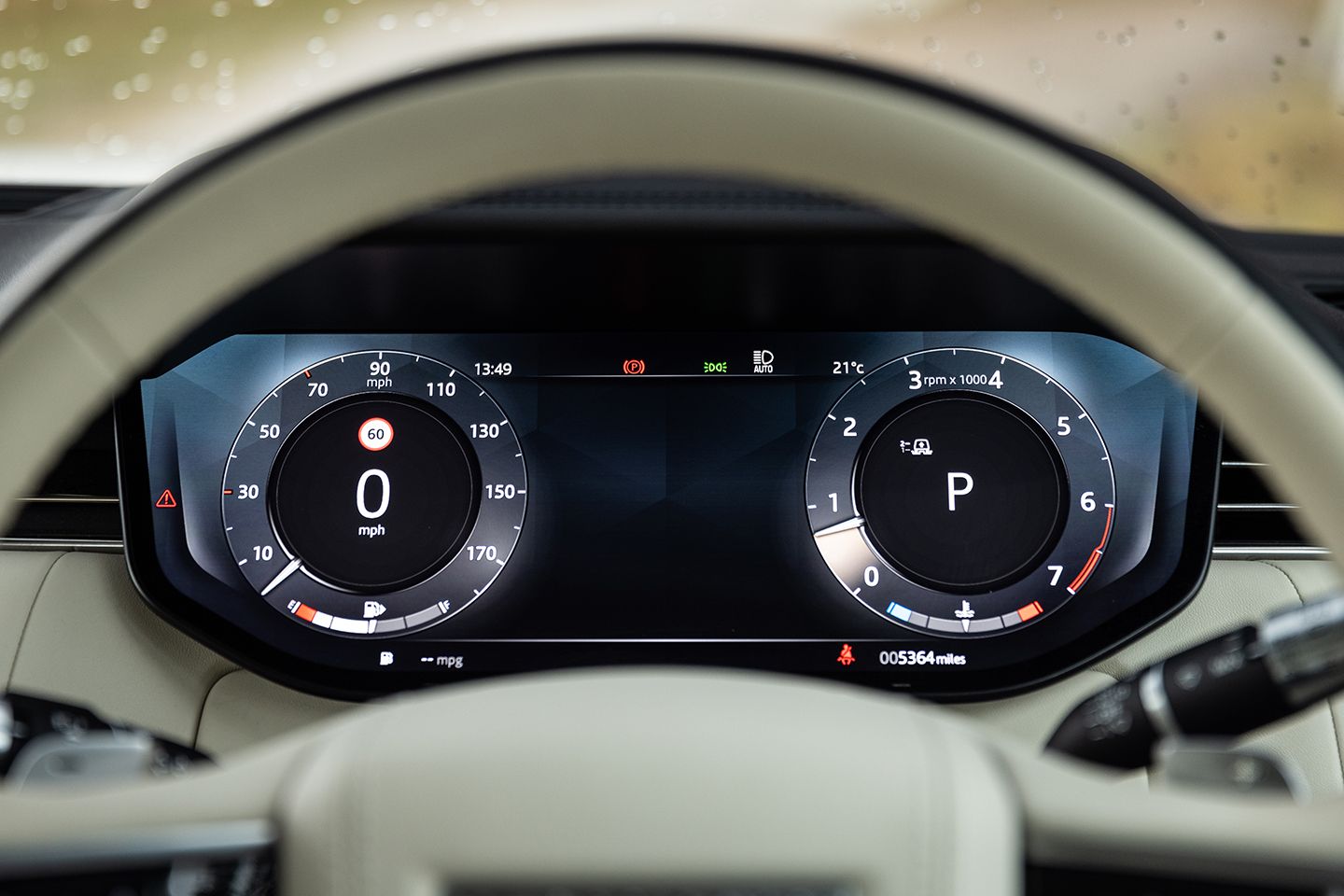
The standard 14-speaker, 400-watt Meridian system delivered great surround sound. Minted audiophiles ticked the £4,500 box for the 1,600-watt Meridian Signature setup which had 34 speakers and high-level noise cancellation that couldn’t be disabled. With that many speakers on board you could probably blow a few and not even notice. The plastic speaker covers on the trailing edges of the front doors were the only jarring note in an otherwise exemplary cabin packed with high-quality, superbly fitted materials. Some owners have experienced creaking from behind the dashboard though.
If you wanted to use Pivi Pro to stream music from Spotify and the like, you needed LR’s Online Pack at a subscription cost of £420 a year. This gave you unlimited data via an integrated SIM card. Or you could just use CarPlay or Android Auto via your phone. Not sure what the point of the Online Pack was other than providing an ‘always on’ hotspot for your passengers, but your humble writer is not clever enough to fully understand this sort of thing.
Some owners noticed overheating on their iPhone when using wireless charging. That’s seemingly down to the compartment itself getting hot. Others reported intermittent infotainment screen blackouts and/or flickering, sometimes thought to be as a result of high cabin temps after the sunroof had been left open on a sunny day. Some colours for the cabin’s ambient lighting haven’t worked.
Somewhat annoyingly you had to pay extra for a physical owner’s manual. Owners without one struggled to find the answer to certain questions, like how do you turn off the maddening ‘driver condition’ monitor which told you how tired you are. There is a way to do it by delving down through the screen settings menus, but it comes back on every time you restarted the car.
Posh Caraway carpets were a no-cost option for SVs but they were over £1,500 a set for lesser models. If your L460 had the fridge it would hold four cans or bottles but if you had fewer than that in it rattling would ensue. Dividers are available to put that right. Parcel shelves have been known to stop lifting up when the fork holding the sliding pin falls out. Another thing that not every owner will have been told about at handover was the compartment with USB and USB-C connections that was hidden under the main cupholder unit.
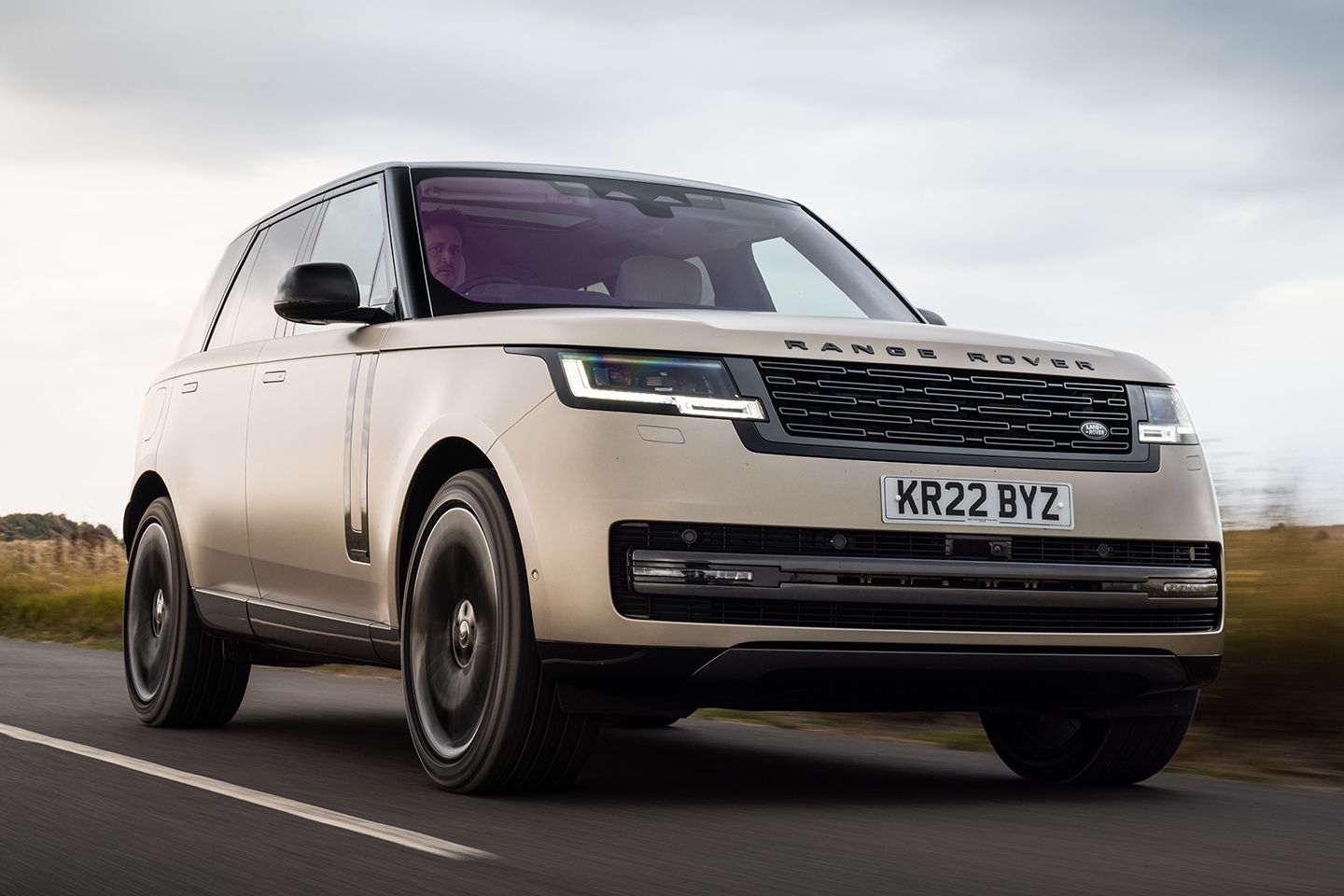
PH VERDICT
Range Rovers have always been superb Swiss Army knife vehicles, the perfect single-car choice for the user with a really broad list of needs, from livestock transport to school runs and everything in between. They do carry a different kind of baggage though, viz reliability and build quality or more specifically the lack of some. A few glitches apart, there doesn’t seem to have been anything like the usual avalanche of complaints about the L460.
Some long-term RR owners will tell you that they have noticed a downturn in the standard of customer service from dealers over the years. You get the feeling from forum posts that the bigger outfits who are still operating haven’t been all that great at providing the sort of personal service that those paying over £100k for their cars might reasonably expect. At least one of the owners who answered a post-service survey request heard nothing back after letting rip on his unsatisfactory experience. A few smaller dealers gave up the LR franchise after being asked to invest too heavily in their premises.
All that said, the issues reported thus far by L460 owners seem pretty minor and the L460 still has the look of something you’d buy as the core of a lottery win car collection. If you did put one in your lottery stable you’d probably end up spending less and less time in your other cars. These Range Rovers are incredibly capable and comfortable. They’re also very classy in their classlessness and (we think) they look absolutely stoating too. Not everyone will take the view that alternatives such as the Rolls-Royce Cullinan or the Bentley Bentayga (which with the BMW X7 was used to benchmark the L460) fully tick those last two boxes. And rivals like Lamborghini’s Urus or Aston’s DBX don’t feel like rivals somehow. You may think differently of course.
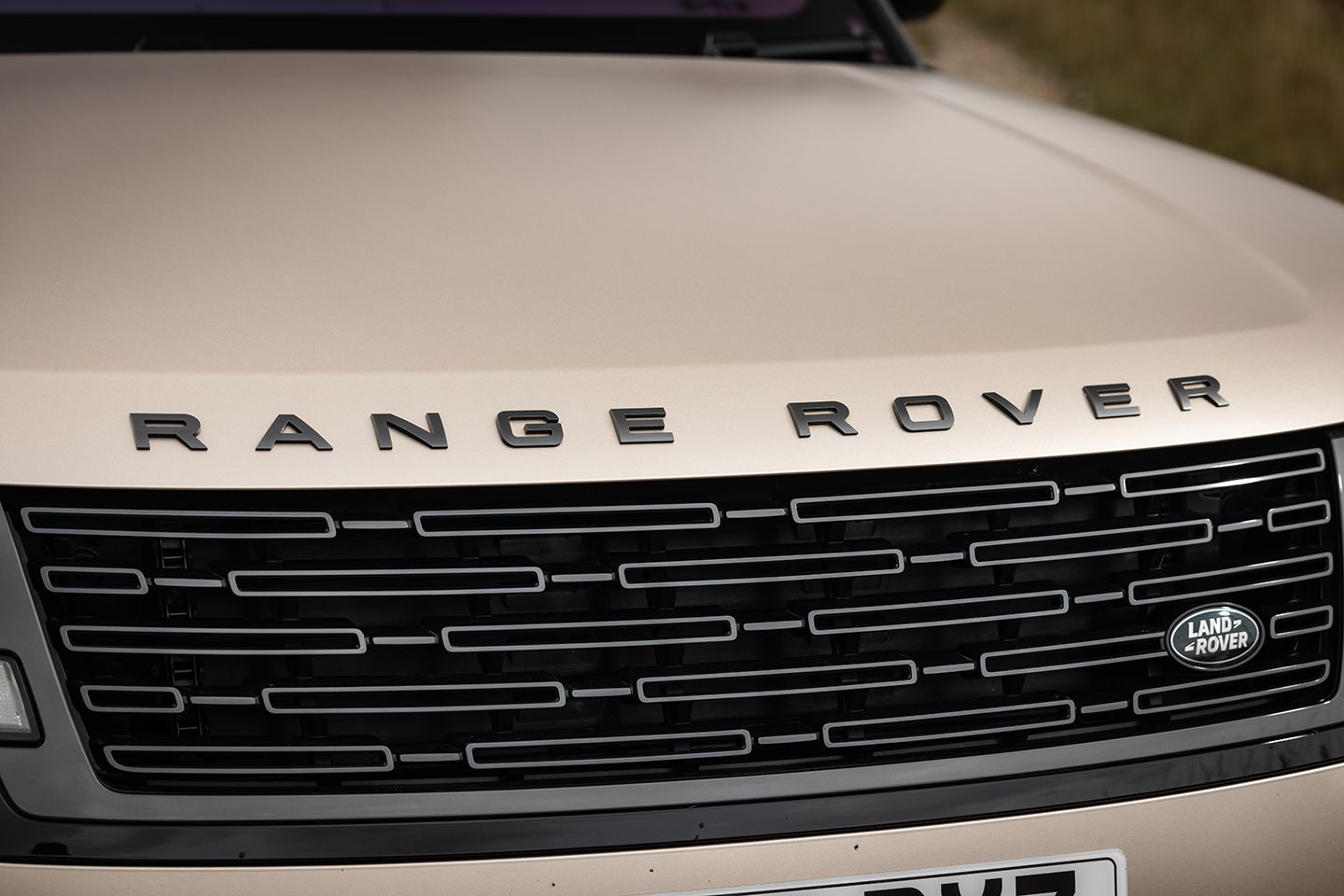
You don’t necessarily need to win the lottery to buy a gen-five Range Rover. At a time when £200k is no longer seen as especially expensive for a production car, a used L460 can seem like good value. High-milers start from under £70k and non-SV V8s can be had for £100k. With more newness and more performance on their side, SVs are, of course, more pricey, starting at around £125k. That will get you an early (2023) car with around 10,000 miles on the clock. Throw another £5k into the pot and you’ll be looking at 2024 cars with 5,000 miles. There’s a good choice of offerings in this sub-£130k bracket.
Some will doubtless say that the real sweet spot in the L460 range is the D350 diesel, a car offering over 500lb ft of torque at 1,500rpm, sub-six-second 0-60 performance and very few vices. There’s something in that, but SVs have always been a bit special. If you’ve got the wherewithal you might think that a high-energy petrol-fuelled V8 is the only fitting powerplant for such a magnificent creation as the L460. The vast majority of SVs on sale will be approved used cars and they’ll still be within the new car warranty. You could extend that to up to 10 years/100,000 miles.
Most owners, especially serial RR owners, will probably go for extended cover just to be on the safe side, although there’s plenty of evidence around to show the effects of the positive strides that Land Rover has been making in the areas of reliability and owner satisfaction. We’re not sure if companies like, say, Audi have been going in the same direction in recent years. Realities quickly change, perceptions maybe not so much. The most affordable P615 on PH Classifieds at the time of writing in July 2025 seemed to be this one but £135k looks suspiciously cheap for a delivery-miles 2025 example so we’re wondering if that’s an error. The same amount would get you this 10,000-mile 2024 specimen in white. There are plenty of other choices out there below £140k. Go on, you know you want to.

